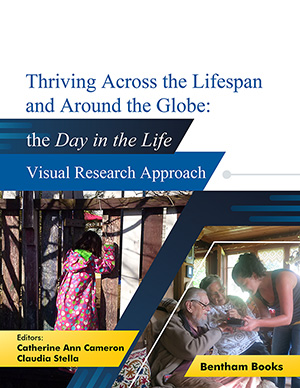Abstract
The interpretation of spectra, particularly in the optical band, is a conceptual and historical link between classical and modern physics. It is an empiric proof of the atomic structure of matter and an experimental instrument to investigate phenomena involving interactions between light and matter. On a disciplinary plan regarding physics, it is a fundamental contribution; unfortunately, the road to embed optical spectroscopy in a coherent educational pattern is still long.
From a research perspective, the Physics Education Research Unit from Udine University focused on the design of an educational path on spectroscopy for high school students, with the aim of involving them in interpretative challenges, both theoretical and experimental, in order to recognize the connection between the microscopic energetic structure for matter and the emission of radiation, with particular emphasis in the optical band.
The Model of Educational Reconstruction framed the design of the educational path. Based on limited but significant literature on the interpretation of optical spectra by university and secondary school students, we designed different intervention modules in which interpretative issues are problematized using Inquiry-Based Learning strategies. Using Design-Based Research methodologies, seven different experimentations were carried out, monitoring learning outcomes of 208 students aged 17-18 by empirical research methods.
Keywords: Design-based research, Educational reconstruction, Optical spectroscopy, Physics education research.













